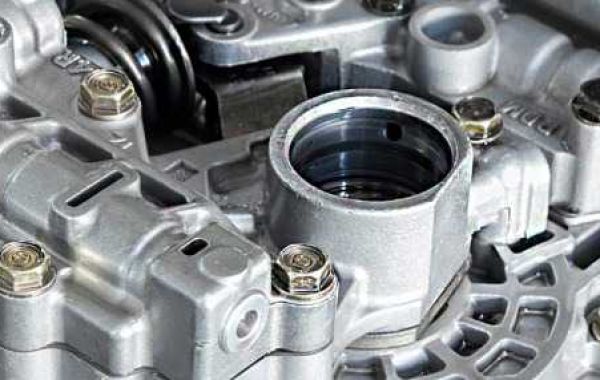Designing for CNC machining (DFM) is critical for ensuring that your parts are manufactured efficiently, cost-effectively, and with the desired quality. Here are some key design considerations:
Part Geometry
- Minimize thin features and sharp corners:Thin walls are susceptible to deflection and breakage, whereas sharp corners are difficult to machine and can cause tool wear. When possible, opt for thicker sections with rounded corners.
- Consider tool reach and access:Ensure that all features are reachable using standard tooling within the machine's capacity. Deep pockets or narrow slots may necessitate the use of specialized tools or multi-axis machining, which raises costs.
- Draft angles: Include small draft angles (usually 1-2 degrees) on vertical walls to help with part removal and prevent tool binding.
- Fillet and chamfer edges:Rounding sharp edges with fillets or chamfers improves machining quality and reduces stress concentration.
Material Selection
- Machinability:Choose materials suitable for CNC machining, taking into account hardness, ductility, and chip formation. Softer materials are easier to machine but may wear more quickly, whereas harder materials require specialized tools and slower speeds.
- Grain direction:To avoid warping or delamination in anisotropic materials such as wood or certain metals, consider the grain direction in relation to machining forces.
Tolerances and Surface Finish
- Specify realistic tolerances:Tighter tolerances necessitate slower machining speeds and more precise tools, raising costs. Choose tolerances that are appropriate for the part's function, taking into account assembly requirements and material properties.
- Define desired surface finish:Determine the necessary roughness (e.g., Ra value) for each surface based on functional requirements and aesthetic considerations. Rougher finishes are quicker and cheaper to achieve, whereas smoother finishes may necessitate additional steps.
Manufacturing Efficiency
- Minimize features:To save machining time and material, keep the design simple and remove any unnecessary features.
- Standardize features: Use standard hole sizes, threads, and other features whenever possible to reduce tooling needs and setup time.
- Design for nesting: If several parts are being machined from the same sheet, nest them efficiently to reduce material waste.
Additional Considerations
- Part orientation:Consider how the part will be mounted in the machine to ensure proper access and stability while machining.
- Tooling constraints:Be aware of the limitations of standard CNC tooling, and consider alternative machining methods for features that require specialized tools.
- Collaboration:Communicate clearly with your CNC machining supplier throughout the design process to ensure that their input and potential cost-saving suggestions are taken into account.
By adhering to these design considerations, you can ensure that your CNC machined parts are produced efficiently, cost-effectively, and to your desired quality standards. Remember that consulting with a qualified CNC machining expert can provide valuable advice and guarantee a successful manufacturing outcome.







